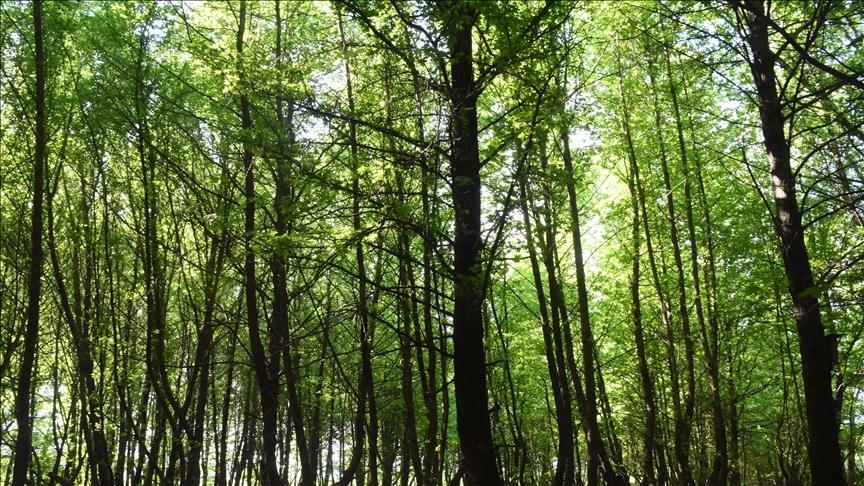Forest Week is a national event in Türkiye celebrated between March 21 and 26, aimed at raising awareness about the protection and sustainable management of forests. The central day of the week, March 21, is recognized as World Forestry Day. Within the scope of Forest Week, one day is designated as Tree Day, during which afforestation activities are carried out in suitable areas.
Forest Week (Orman Genel Müdürlüğü)
History
The foundation of Forest Week was laid in 1971 by the European Agricultural Federation (CEA). The CEA recognized March 21 as the beginning of spring in the Northern Hemisphere and autumn in the Southern Hemisphere and recommended this day to all countries worldwide through the United Nations Food and Agriculture Organization (FAO). Following this decision, March 21 began to be commemorated as World Forestry Day, and the week encompassing March 21 started to be celebrated as Forest Week. In Türkiye, World Forestry Day was first celebrated in 1975.
Importance of Forests
Forests are critically important for ecosystems and human life. They increase the oxygen level in the atmosphere through photosynthesis and contribute to the carbon cycle, aiding in the fight against climate change. They provide habitats for numerous plant and animal species and maintain ecosystem balance. Forests also help retain and regulate water distribution through soil and vegetation. They serve as a livelihood source for local communities and contribute to the global economy through resources such as timber, biomaterials, and energy. Additionally, forests play a crucial role in mitigating natural risks such as drought, desertification, soil erosion, landslides, and floods.
Forest (Orman Genel Müdürlüğü)
Forest Week Activities
During Forest Week, activities such as sapling planting and educational programs are highlighted. Programs organized in schools provide students with information on the importance of forests, forest fires, afforestation activities, and environmental awareness. The ecological balance, biodiversity, and role of forests in combating climate change are also explained in detail. The General Directorate of Forestry prepares sapling planting areas and invites citizens, especially youth, to participate in these activities.
The FAO celebrates the week of March 21 with different themes, drawing attention to current global issues. For example, the theme for 2025 is “Forests and Food,” emphasizing the contribution of forests to sustainable food production and the importance of natural food resources from nature to our tables.

Forest (Anadolu Ajansı)
Global Situation and FAO Data
According to the FAO Global Forest Resources Assessment 2025 Report, forests worldwide cover an area of 4.14 billion hectares, corresponding to 32% of the planet’s land surface. The average forest area per capita is 0.5 hectares, and approximately half of the world’s forests are located in tropical regions. Globally, the rate of deforestation decreased from an annual average of 17.6 million hectares in the 1990s to 10.9 million hectares during the 2015–2025 period. Net forest loss declined from 10.7 million hectares per year in the 1990s to 4.12 million hectares during 2015–2025. Over the past decade, this slowdown has been influenced by the fact that more than half of forests are under long-term management plans and one-fifth are located in legally protected areas. On the other hand, the rate of forest expansion is decreasing. The annual average forest expansion rate of 9.88 million hectares between 2000–2015 fell to 6.78 million hectares during 2015–2025. Deforestation refers to the area lost due to the conversion of forests or planted areas into agricultural land, grazing, urbanization, or fires.【1】


